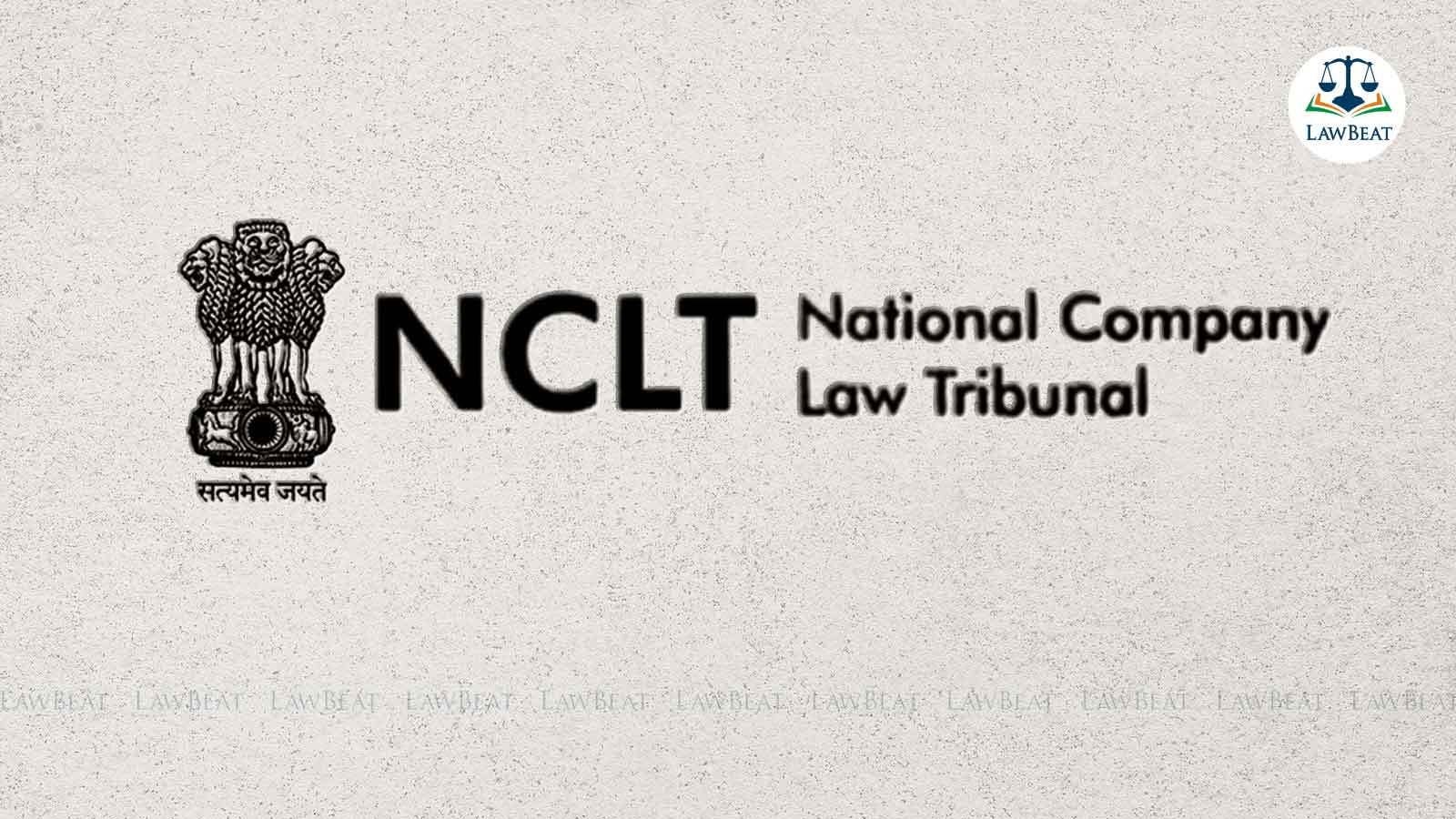NCLT Allows Liquidation Application To Be Withdrawn To Consider Resolution Plan

The NCLT allowed the application, noting that despite a significant amount of time has elapsed, it was in the interest of stakeholders
The National Company Law Tribunal has recently allowed a liquidation application to be withdrawn of a corporate debtor to consider the resolution plan proposed by an individual.
“Keeping in view the law laid down in the above cited cases, it emerges that the primary object of the IB Code, 2016 is value maximization as well as revival/resolution of the financially stressed corporate debtors. Keeping that in mind, we are of the considered view that since one resolution plan has been received by the CoC during the pendency of liquidation application which the CoC intends to consider to save the Corporate Debtor from liquidation, it would be just and proper to give another chance which may help revive/resolve the Corporate Debtor,” the order reads.
The National Company Law Tribunal (NCLT) in Mumbai, with a bench consisting of Judicial Member Kuldeep Kumar Kareer and Technical Member Anil Raj Chellan, heard an application by a resolution professional seeking permission to withdraw the liquidation application. The resolution professional also sought an extension of the time period for the Corporate Insolvency Resolution Process (CIRP).
The Corporate Insolvency Resolution Process for the corporate debtor reached its statutory period of 180 days on April 5, 2021.
Consequently, the Committee of Creditors (CoC) decided to liquidate the corporate debtor during its 6th meeting held on that date.
Subsequently, the Interim Resolution Professional (IRP) at that time, Mr. Ajay Gupta, filed an Interlocutory Application under Section 33 for the liquidation of the corporate debtor.
On June 2, 2022, while the liquidation application was pending, an individual resolution applicant named Mr. Pravin Kumar Jain expressed interest in acquiring the Corporate Debtor as a going concern to the erstwhile Interim Resolution Professional (IRP).
The Committee of Creditors (CoC), consisting of the sole financial creditor Blacksoil Capital Private Limited (BCPL), instructed the erstwhile IRP to convene a meeting to consider the proposed resolution plan. However, the erstwhile IRP failed to convene the meeting.
In response, the CoC sent a mail to the IRP calling for a meeting within 48 hours to consider the replacement of IRP/RP under Section 27 of the Insolvency and Bankruptcy (IB) Code and an extension of the Corporate Insolvency Resolution Process (CIRP) period to evaluate the proposed resolution plan for the revival and rehabilitation of the Corporate Debtor.
The erstwhile IRP did not respond to the mail or convene the meeting. As a result, the CoC replaced the IRP with a new Resolution Professional (RP), and the NCLT approved this change.
The new RP subsequently filed an application to withdraw the liquidation application and extend the time period for the CIRP.
The NCLT allowed the application, noting that despite a significant amount of time has elapsed, it was in the interest of stakeholders.
“No doubt considerable time has already elapsed. However, in our considered view, despite that, a last-ditch effort can be afforded to the CoC keeping in view the overall interests of all the stakeholders involved. Even otherwise, as it has been held in Essar Steel India Ltd v/s Satish Kumar Gupta’s case (supra), the time frames are directory and not mandatory in nature,” the order reads.
Case title: Pranav Damania vs Salil Shashank Kulkarni
